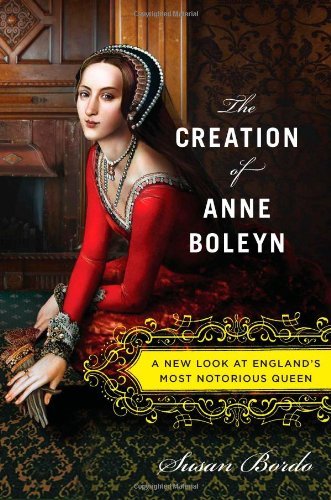"Blood Sisters: The Women Behind the Wars of the Roses"
by Sarah Gristwood
ISBN-10: 0465018319
ISBN-13: 9780465018314
Published: Basic Books, September 2012
Pages: 384
Amazon UK
How the Wars of the Roses were won and lost by the political and dynastic skills of the royal women: this is the true story behind Philippa Gregory’s dramatic novels about fiery Queens and the perils of power.
The events of the Wars of the Roses are usually described in terms of the men involved: Richard Duke of York, Henry VI, Edward IV, Richard III and Henry VII. The reality though, argues acclaimed author Sarah Gristwood, was quite different. These years were also packed with women’s drama and – in the tales of conflicted maternity and monstrous births – alive with female energy.
In this completely original book, Sarah Gristwood sheds light on a neglected dimension of English history: the impact of Tudor women on the Wars of the Roses. She examines, among others, Cecily Neville, the wife of Richard Duke of York, who was deprived of being queen when her husband died at the Battle of Wakefield; Elizabeth Woodville, a widow with several children who married Edward IV in secret and was crowned queen consort; Margaret Beaufort, mother of Henry VII, whose ambitions centred on her son and whose persuasions are likely to have lead her husband Lord Stanley, previously allied with the Yorkists, to play his part in Henry's victory.
Until now, the lives of these women have remained little known to the general public. Sarah Gristwood tells their stories in detail for the first time. Captivating and original, this is historical writing of the most important kind.
Amazon.com
To contemporaries, the Wars of the Roses were known collectively as a “cousins’ war.” The series of dynastic conflicts that tore apart the ruling Plantagenet family in fifteenth-century England was truly a domestic drama, as fraught and intimate as any family feud before or since.
As acclaimed historian Sarah Gristwood reveals in
Blood Sisters, while the events of this turbulent time are usually described in terms of the male leads who fought and died seeking the throne, a handful of powerful women would prove just as decisive as their kinfolks’ clashing armies. These mothers, wives, and daughters were locked in a web of loyalty and betrayal that would ultimately change the course of English history. In a captivating, multigenerational narrative, Gristwood traces the rise and rule of the seven most critical women in the wars: from Marguerite of Anjou, wife of the Lancastrian Henry VI, who steered the kingdom in her insane husband’s stead; to Cecily Neville, matriarch of the rival Yorkist clan, whose son Edward IV murdered his own brother to maintain power; to Margaret Beaufort, who gave up her own claim to the throne in favor of her son, a man who would become the first of a new line of Tudor kings.
A richly drawn, absorbing epic,
Blood Sisters is a tale of hopeful births alongside bloody deaths, of romance as well as brutal pragmatism. It is a story of how women, and the power that women could wield, helped to end the Wars of the Roses, paving the way for the Tudor age—and the creation of modern England.
PublishersWeekly
Gristwood, a British journalist and biographer, provides a fresh take on the Wars of the Roses, a 30-year tug-of-war between two feuding dynasties, the houses of Lancaster and York, over the crown of England. The conflict officially ended with the accession of Henry VII in 1485, and it’s a story that has been hashed and rehashed by historians for centuries. But while most accounts focus upon battles fought and constantly shifting alliances between kings and noblemen, Gristwood (Arabella: England’s Lost Queen) adds another layer to the story: the essential roles played by the chief combatants’ mothers, sisters, daughters, and wives. Focusing on seven key women, from Marguerite of Anjou, Henry VI’s queen (who fought much more mightily than he to hold onto the throne), to Elizabeth of York, whose marriage to Henry VII in 1486 united the two houses, Gristwood has written a compelling narrative of what went on behind the scenes and away from the battlefields. Despite occasional confusion arising from the plethora of characters with common names, this is an engaging, well written, and thoroughly-researched page turner that should delight academics as much as fans of Philippa Gregory’s historical novels about several of the same notable women.
cincybookshelf
Praise for Blood Sisters: The Women Behind the Wars of the Roses…
Sunday Times (London)
“Most of the leading players in the Wars of the Roses have traditionally been thought to be the men. Historian Sarah Gristwood… stands this on its head. She examines seven women, whose lives were bound together across the best part of a century, and tries to see the wars from their points of view…. Gristwood successfully evokes the lives of all these women, and in doing so brings a new and welcome perspective on the Wars of the Roses.”
Literary Review
“Entertaining and vividly drawn…. This is the true story of the most important women of the period, their travails and suffering; but also of the links between them, their friendships and ambitions, their cooperation, their courage and pragmatism. It is a different way of looking at this complex period, and Gristwood weaves the story with considerable skill. The battles and bloodshed that led to the loss of so many of the old nobility of England form a backdrop to the narrative, but the real emphasis is on half-a-dozen women whose extraordinary experiences of triumph and disaster, often in a bewilderingly short period of time, brought them to the edge of despair but did not, in the end, lessen their commitment to their families. They provided continuity as the world fell apart around them…. Gristwood is to be congratulated for her highly readable account of their lives”
About the author
Biographer and journalist Sarah Gristwood attended Oxford University and is a regular contributor to the
London Times, Guardian, Independent, and
Evening Standard. The author of seven previous books, including the best-selling
Arbella: England’s Lost Queen and
Elizabeth and Leicester: Power, Passion, Politics.
v cover
Reproduced for promotional purposes



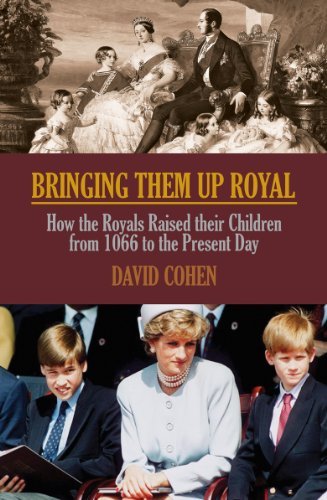
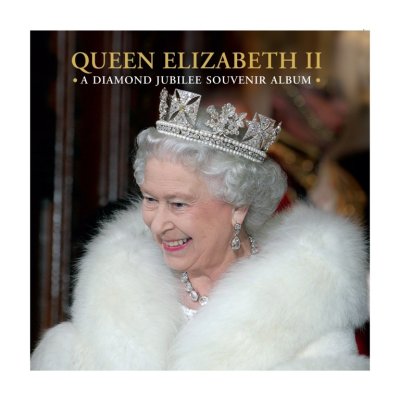
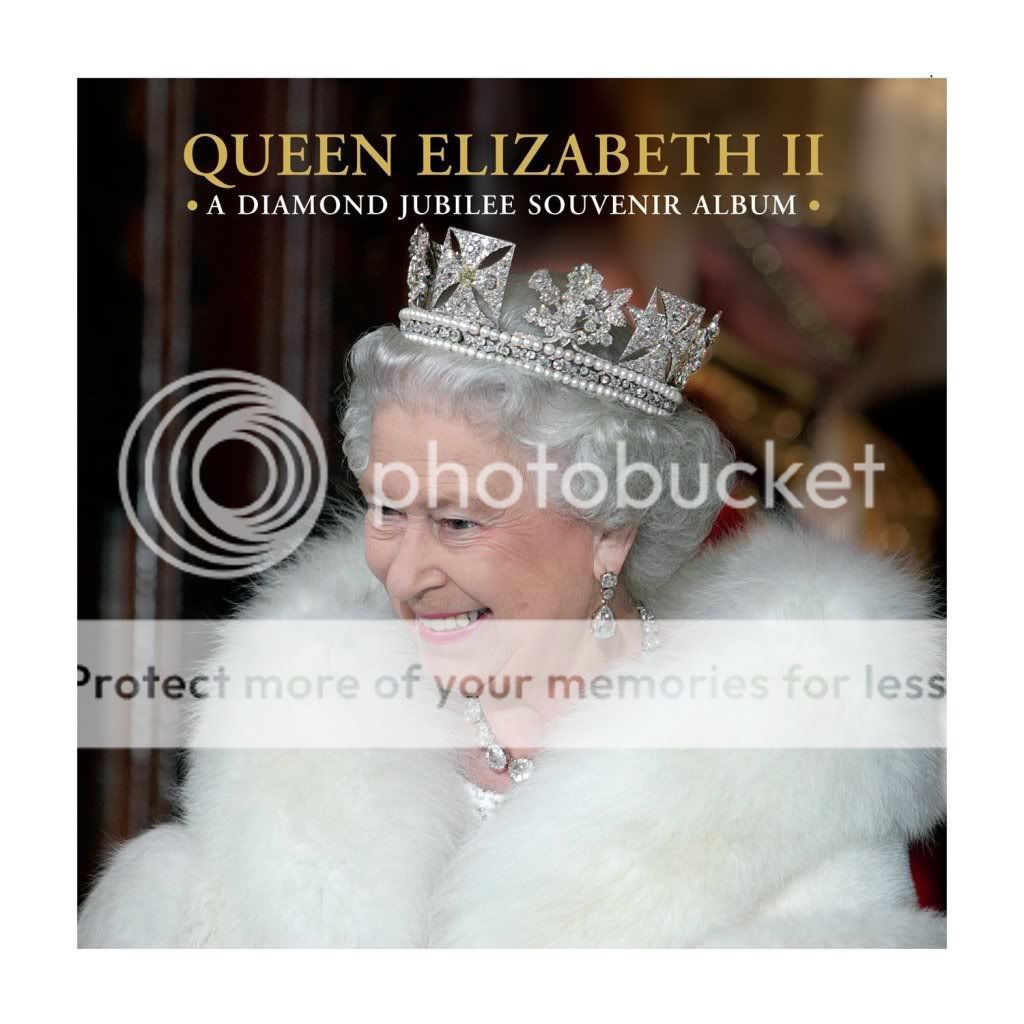
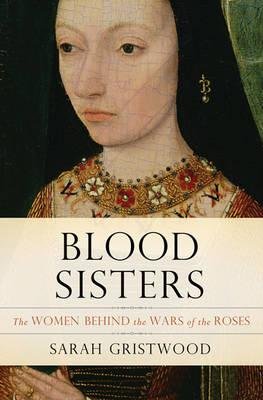
 Not this again. Documents in both England and Portugal show that King Richard was planning to marry Princess Joanna of Portugal (sister of John II) and Elizabeth of York was to marry Joanna's cousin who unexpectedly later became King Manuel I. Bosworth happened before the marriages could take place. I could go on and say that Richard has been called many things, but stupid wasn't one of them, and it would have been extremely stupid for him to have contemplated marriage to his illegitimate niece, but that would seem to be obvious.
Not this again. Documents in both England and Portugal show that King Richard was planning to marry Princess Joanna of Portugal (sister of John II) and Elizabeth of York was to marry Joanna's cousin who unexpectedly later became King Manuel I. Bosworth happened before the marriages could take place. I could go on and say that Richard has been called many things, but stupid wasn't one of them, and it would have been extremely stupid for him to have contemplated marriage to his illegitimate niece, but that would seem to be obvious. 
